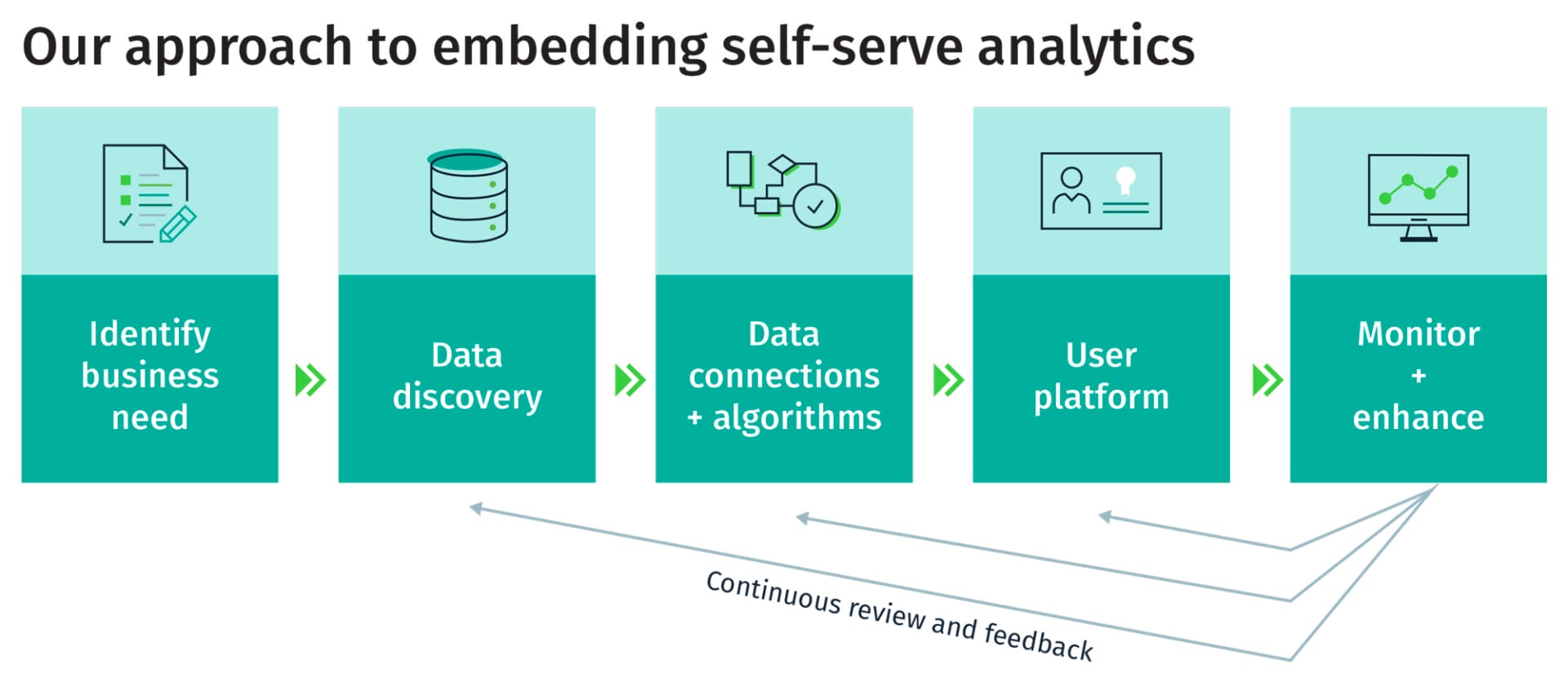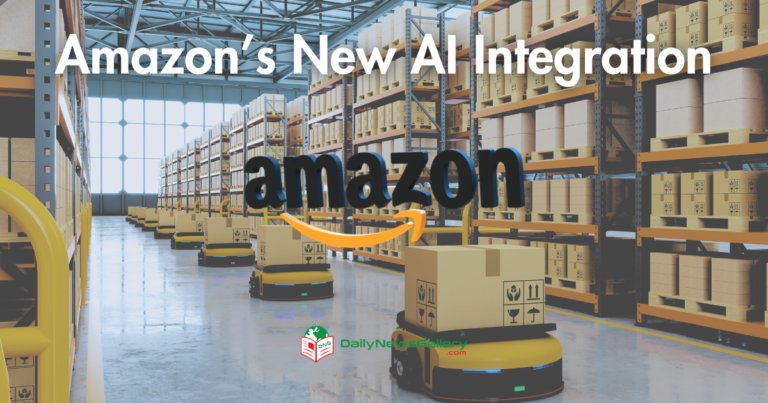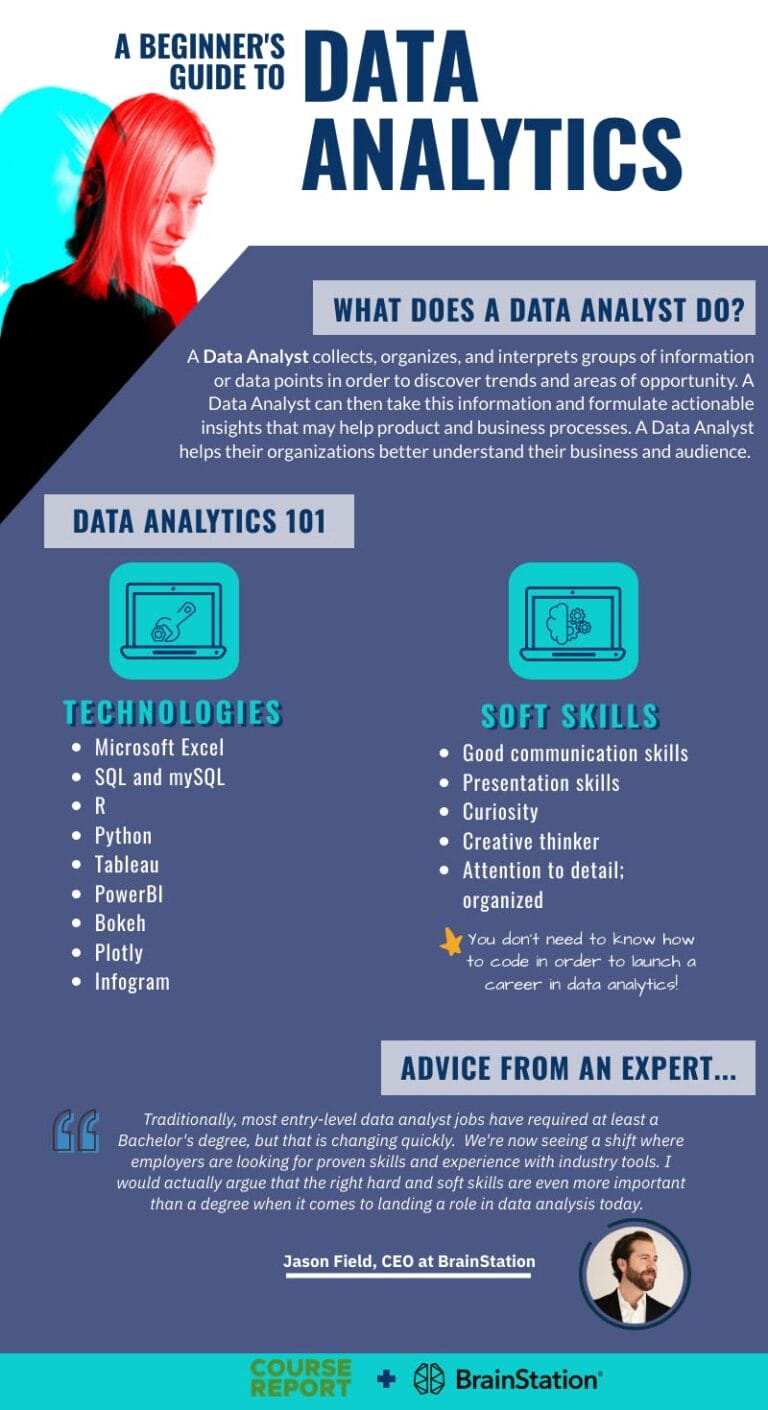
In simple terms, self-service data analytics puts you in the driver’s seat when it comes to accessing, analyzing, and interpreting data. It empowers you to explore vast amounts of information and uncover valuable insights without needing advanced technical skills or relying on data experts. It’s like having a treasure trove of data at your fingertips, waiting for you to unearth its secrets.
So, whether you want to analyze sales trends, understand customer behavior, or make data-driven decisions, self-service data analytics gives you the tools and freedom to do it all. Get ready to embark on an exciting journey where data becomes your best friend, guiding you toward smarter, more informed choices. Let’s unlock the power of self-service data analytics together!
What is Self-Service Data Analytics?
Self Service Data Analytics is a powerful tool that empowers users to analyze and visualize data without relying on IT or data analysts. With intuitive interfaces and drag-and-drop functionality, users can easily explore data, create reports, and gain valuable insights.
It eliminates the need for technical expertise and empowers business users to make data-driven decisions. Self Service Data Analytics enables faster decision-making, increased productivity, and improved business outcomes.
Benefits of Self-Service Data Analytics
Self-service data analytics brings a wide array of benefits to organizations and individuals seeking to leverage data to drive success. Firstly, it promotes agility and flexibility. With self-service tools, users have the freedom to explore data and ask their own questions, enabling faster decision-making and reducing dependence on IT departments.
This agility also allows for faster experimentation and prototyping, leading to more innovative approaches and solutions.
Another key benefit is improved data literacy. Self-service data analytics platforms often come with user-friendly interfaces and intuitive features that make it easy for non-technical users to work with data. This helps democratize data access and analysis, allowing individuals from different departments and backgrounds to become more data literate and analytical in their decision-making process.
By enabling more individuals to engage with data, organizations can foster a data-driven culture and empower employees at all levels to contribute to the organization’s success.
Furthermore, self-service data analytics reduces the burden on IT and data science professionals. By enabling business users to handle their own data analysis tasks, IT departments can focus on more strategic initiatives, such as data governance, security, and infrastructure management.
This improves overall efficiency and allows IT teams to maximize their value within the organization, while also fostering collaboration and partnership between business and IT units.
Getting Started with Self-Service Data Analytics
If you’re new to self-service data analytics, it’s essential to understand the key steps involved in getting started. Firstly, you’ll need to identify your goals and objectives. Determine what insights you hope to gain from the data and how these insights align with your business strategy.
Once you have a clear understanding of your goals, it’s time to select a suitable self-service analytics tool.
There are various self-service analytics tools on the market, each with its own strengths and features. Look for a tool that offers a user-friendly interface, robust data visualization capabilities, the ability to handle large and diverse datasets, and strong data governance and security measures.
It’s important to assess your specific needs and requirements to ensure the tool aligns with your organization’s data analytics goals.
After selecting a tool, the next step is to gather and prepare your data. This involves identifying the relevant data sources, cleaning and transforming the data to ensure its quality and validity, and organizing it in a way that is conducive to analysis.
Proper data preparation is crucial for accurate and meaningful results, so it’s important to allocate sufficient time and resources to this step.
Tips for Effective Self-Service Data Analytics
While self-service data analytics offers numerous advantages, it’s essential to approach the process strategically to maximize its benefits. Here are some tips to help you make the most out of self-service data analytics:
- Take the time to understand your data: Before diving into analysis, ensure you have a solid understanding of the data you’re working with. Explore its structure, identify any anomalies or patterns, and consider potential biases or limitations.
- Start small and iterate: Begin with a focused analysis or a specific question in mind. This allows for a more manageable scope and increases the likelihood of deriving valuable insights. Once you’re comfortable with the process, you can gradually expand your analysis and explore more complex questions.
- Leverage collaboration and knowledge sharing: Self-service data analytics doesn’t mean working in isolation. Engage with colleagues and fellow users of the analytics tool, share insights, and collaborate on projects. This fosters learning and enables a broader perspective on the data.
- Stay informed about new features and updates: Self-service analytics tools are continually evolving and improving. Stay updated on new features, enhancements, and best practices to ensure you’re leveraging the full potential of the tool.
- Invest in training and continuous learning: To fully harness the power of self-service data analytics, invest in training programs and resources that help build your data analysis skills. Continuous learning is key to staying ahead in the ever-evolving field of data analytics.
Future of Self-Service Data Analytics
As technology advances and the demand for data-driven insights grows, we can expect self-service data analytics to continue evolving and becoming an integral part of organizations’ analytics strategies. With the emergence of technologies like artificial intelligence and machine learning, self-service tools are becoming more intelligent and intuitive, enabling even greater efficiency and automation in data analysis processes.
Furthermore, the democratization of data and analytics will likely accelerate, with more individuals and departments across organizations gaining direct access to data and analytics tools. This will lead to more empowered decision-making at all levels, driving innovation, and fueling organizational growth.
To stay ahead in this data-driven era, organizations and individuals must embrace self-service data analytics and invest in the necessary tools and skills. By doing so, they can unlock the full potential of their data, gain valuable insights, and make informed decisions that drive success.
Frequently Asked Questions
Welcome to our FAQ section where we answer your burning questions about self-service data analytics. Read on to learn more!
How does self-service data analytics work?
Self-service data analytics empowers individuals within an organization to independently analyze and derive insights from data. It eliminates the need for a dedicated team of data analysts or IT specialists by providing user-friendly tools and interfaces that simplify the process.
With self-service data analytics, users can access raw data, manipulate it, build visualizations, and gain valuable insights without extensive technical knowledge or coding skills.
Organizations typically offer self-service data analytics platforms that allow users to connect to various data sources, combine different datasets, apply filters and transformations, perform statistical analyses, and create interactive dashboards.
These platforms often include intuitive drag-and-drop interfaces, pre-built templates, and automated data cleansing functionalities to make the process seamless for users of all skill levels.
What are the benefits of using self-service data analytics?
There are several benefits to using self-service data analytics. Firstly, it promotes the democratization of data, enabling a wider range of users to access and analyze data without relying on specialized teams. This empowers business users to make data-driven decisions in real-time, leading to improved agility and efficiency.
Secondly, self-service data analytics reduces the dependence on IT teams and data analysts, freeing up their time to focus on more complex tasks and strategic initiatives. It also fosters a culture of self-sufficiency and knowledge-sharing within the organization, as users become more comfortable and confident in working with data.
Is self-service data analytics secure?
Yes, self-service data analytics can be secure when proper measures are in place. Organizations implementing self-service data analytics platforms should prioritize data governance and security controls. These measures can include user access controls, data encryption, audit trails, and monitoring capabilities to ensure data privacy and integrity.
Additionally, organizations should establish clear policies and guidelines regarding data usage, confidentiality, and compliance. Regular training sessions can educate users on best practices for data security and ensure they understand their responsibilities when working with sensitive or confidential information.
What skills do I need to use self-service data analytics?
One of the advantages of self-service data analytics is that it can be used by individuals with varying degrees of technical expertise. While advanced technical skills or coding knowledge are not necessary, having a basic understanding of data concepts and analytics principles can be beneficial.
Users should be comfortable working with data, manipulating datasets, and using data visualization tools. Familiarity with data analysis techniques, such as regression analysis or data profiling, can also enhance the user’s ability to derive meaningful insights from the data.
Can self-service data analytics be used in any industry?
Absolutely! Self-service data analytics can be applied in various industries and sectors. Any organization that deals with data can leverage the benefits of self-service analytics tools and platforms. Whether you’re in finance, healthcare, marketing, or retail, self-service data analytics can help you uncover valuable insights, identify trends, and make data-driven decisions to drive business success.
From analyzing customer behavior and optimizing marketing campaigns to tracking inventory and predicting demand, self-service data analytics can be customized to suit the specific needs and objectives of different industries. It enables organizations to harness the power of their data and gain a competitive advantage in the market.
Self-service data analytics is all about being able to use data to answer questions yourself. It means having the tools and skills to explore and analyze data on your own, without needing help from others. With self-service data analytics, you can make better decisions and find insights by exploring data in a way that makes sense to you. It puts the power of data in your hands!
Self-service data analytics allows you to access data, clean it up, and analyze it using user-friendly tools. It helps you understand trends, patterns, and relationships in data, so you can make informed decisions. By empowering you to be in control of your data, self-service data analytics makes it easier for anyone to use data to their advantage. So, don’t be afraid to dive into the world of self-service data analytics and unlock the potential of data!






